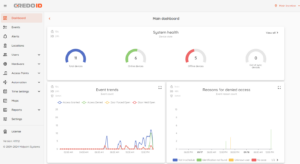
Major release: CredoID version 4.18 is out!
CredoID version 4.18 – Dynamic Dashboard focuses on your data CredoID start screen with new default dashboard view CredoID has taken a big leap in
CREDO ID BENEFITS

Auto-detect devices

Set doors, access levels and schedules
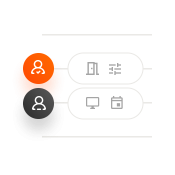
Add users, assign rights

And you’re done!
CredoID v4 uses WebUI to enable operator access virtually from anywhere. Easy deployment on VM, operator permission management and scalability make it a good fit for cloud-based / pay-as-you-go services, such as coworking, storage, parking and other solutions.
Did we mention we make it easy for you to access your data, too?


CredoID v4 includes powerful tools for process automation: a trigger-based rule set and a scripting engine. Trigger rules help you customize system behavior based on event data. If you need even more power over system behavior, Scripting engine based on Python (IronPython) is available. Build custom UI, interlock doors, count users, manage groups of parking customers or set elevator usage rules – all the power is at your fingertips.


CredoID user interface changes depending on Operator permissions, and uses clear, universally accepted icon and colour schemes for communication. Do you have constantly rotating security staff? It will only take a few minutes training to prepare a new person for the task.




CREDO ID BENEFITS
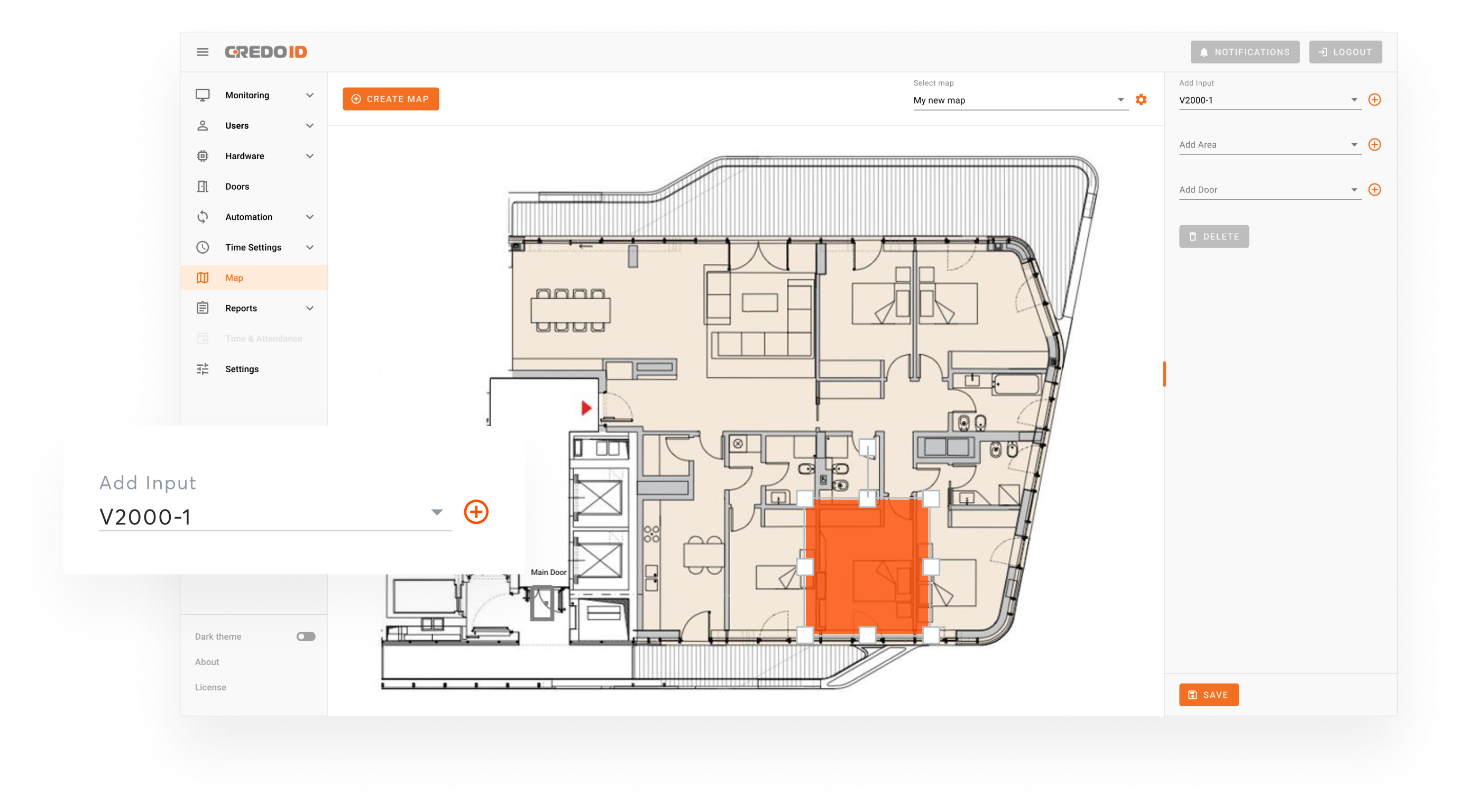

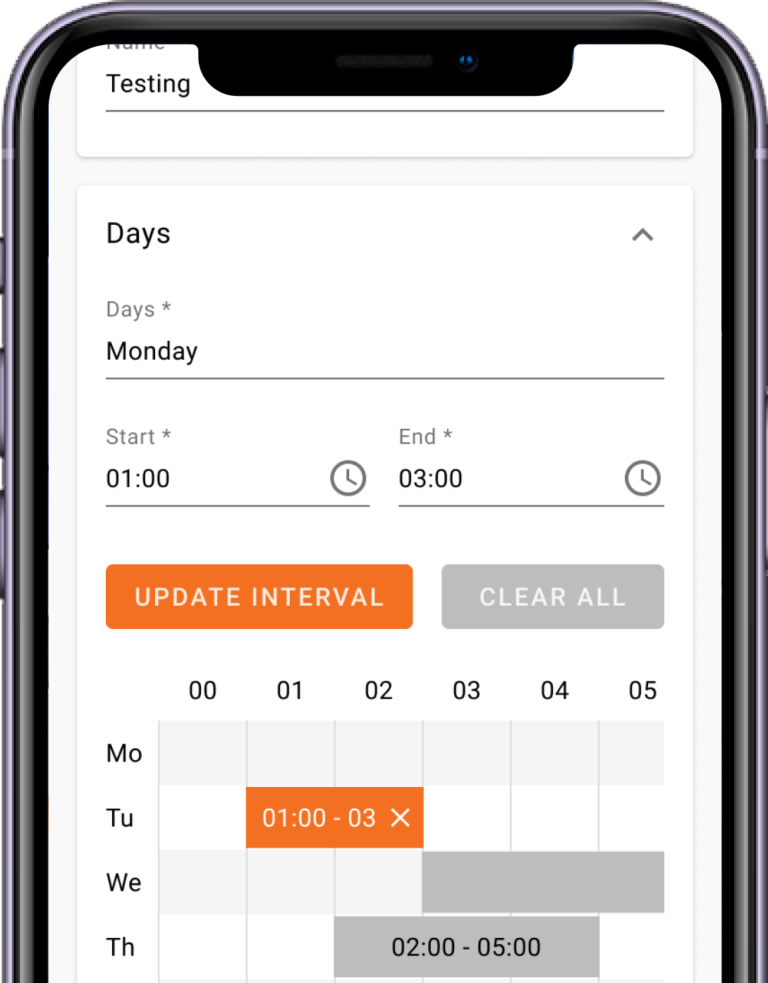
Interactive map
VMS Integration (Digifort)
License plate recognition and parking management
Multi-factor IDs, including Mobile ID from HID Origo
Active Directory support
CREDO ID BENEFITS
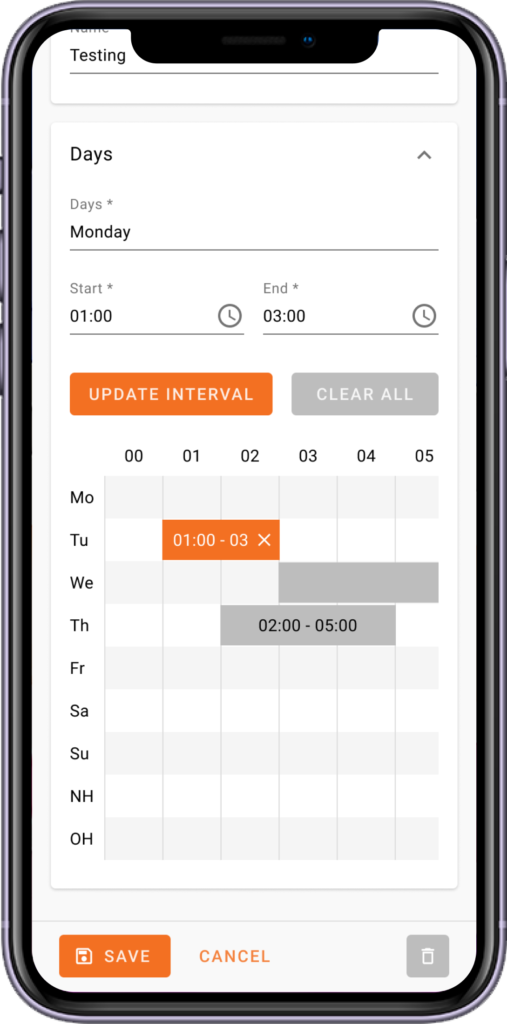
Time and attendance data export
Mobile reader tool
Elevator control
Powerful filtering and search engines
Want to know what it takes to use all the features?
AGNOSTIC



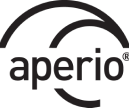

CredoID v4 architecture allows efficient usage on low-power PCs for small systems (Intel NUC or AMD Ryzen Embedded platforms) where only a few doors must be managed. However, it can easily scale up to a few thousand of controllers and doors.
We do understand the challenge of managing huge lists of users, access levels and devices – therefore CredoID includes powerful search and filtering tools, as well as Active Directory integration for even more automation.


Running on Windows server? Excellent, there’s little else you need to run CredoID. Use it on a physical machine or on a VM, take your pick. MS SQL Express installation is a good starting point for small systems, Using Linux? We hear you! Our tool set allows code migration, and Unix support with Postgre SQL is coming to CredoID in H1, 2020.


Licensed per-reader as a base unit, CredoID offers a transparent, affordable pay-once pricing. There are no mandatory recurring fees. The updates are free for first 12 months after purchase, and afterwards the clients are free to choose the maintenance plan.
Being OEM partners with our key hardware providers, we’re able to offer you a complete project pricing with attractive TCO / ROI.





CredoID version 4.18 – Dynamic Dashboard focuses on your data CredoID start screen with new default dashboard view CredoID has taken a big leap in

Access Control Systems (ACS) have become essential in safeguarding both physical and digital realms. In an era where security breaches are increasingly sophisticated, ACS provides
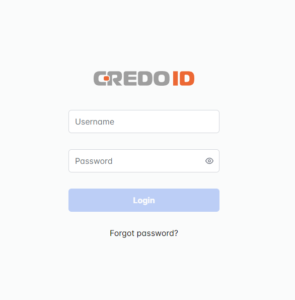
CredoID version 4.14.97 Extended access settings in Mercury and HID Aero door settings CredoID v4.14.97 is now available. It is an incremental update, bringing quality-of-life
CredoID – the software suite that integrates hardware from world-leading brands into a robust and powerful system.
Subscribe credoID to stay in touch!